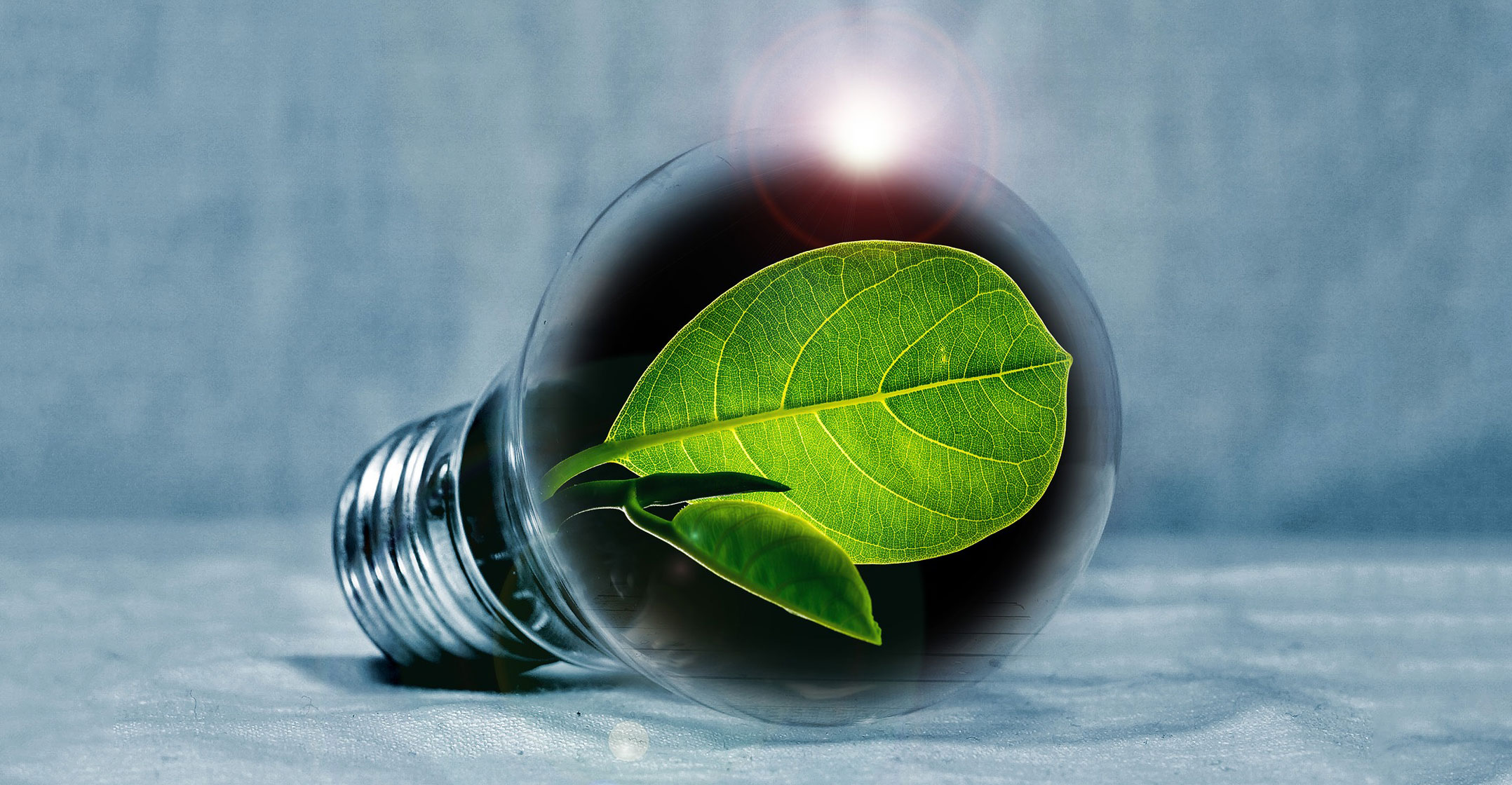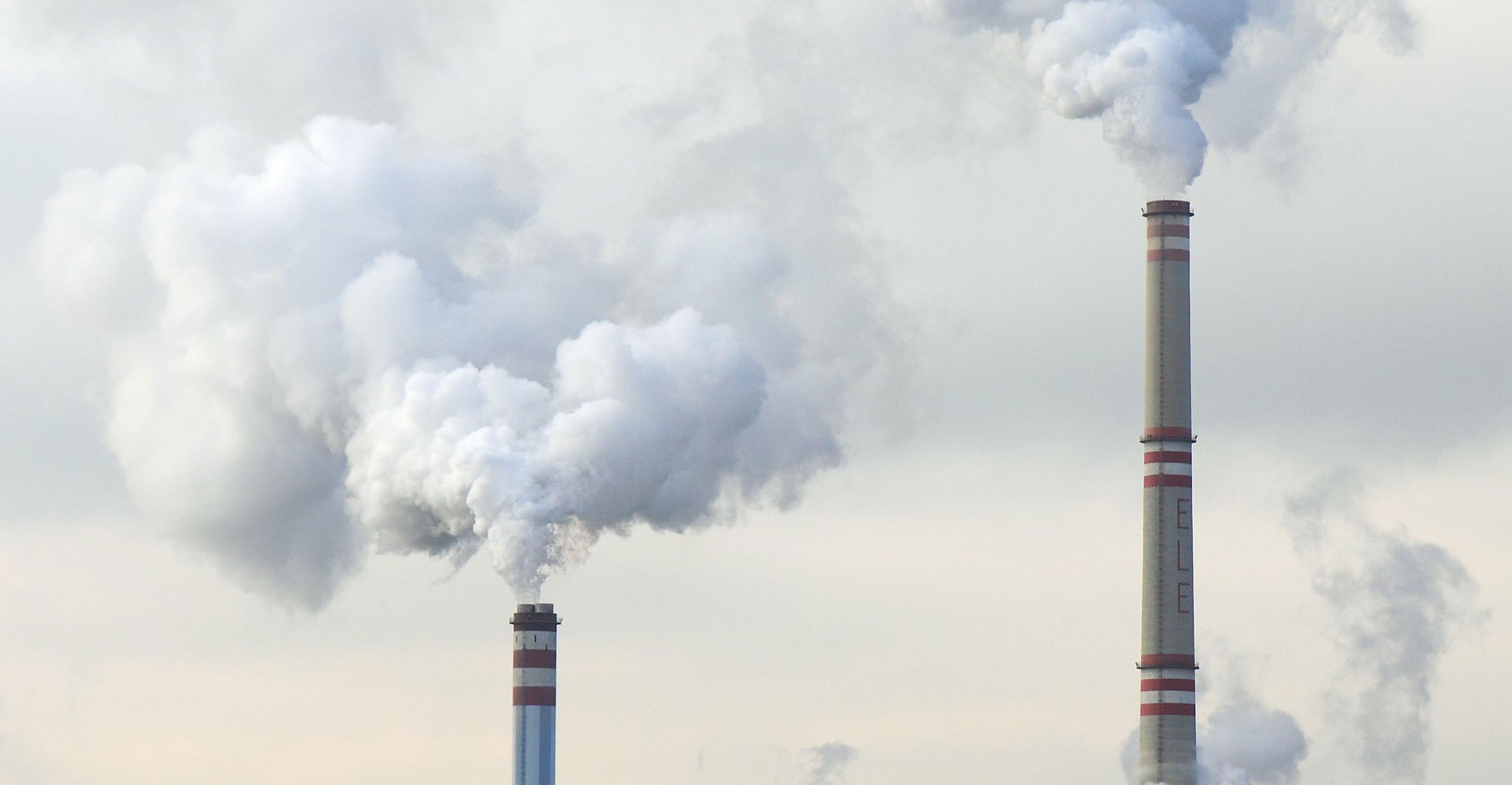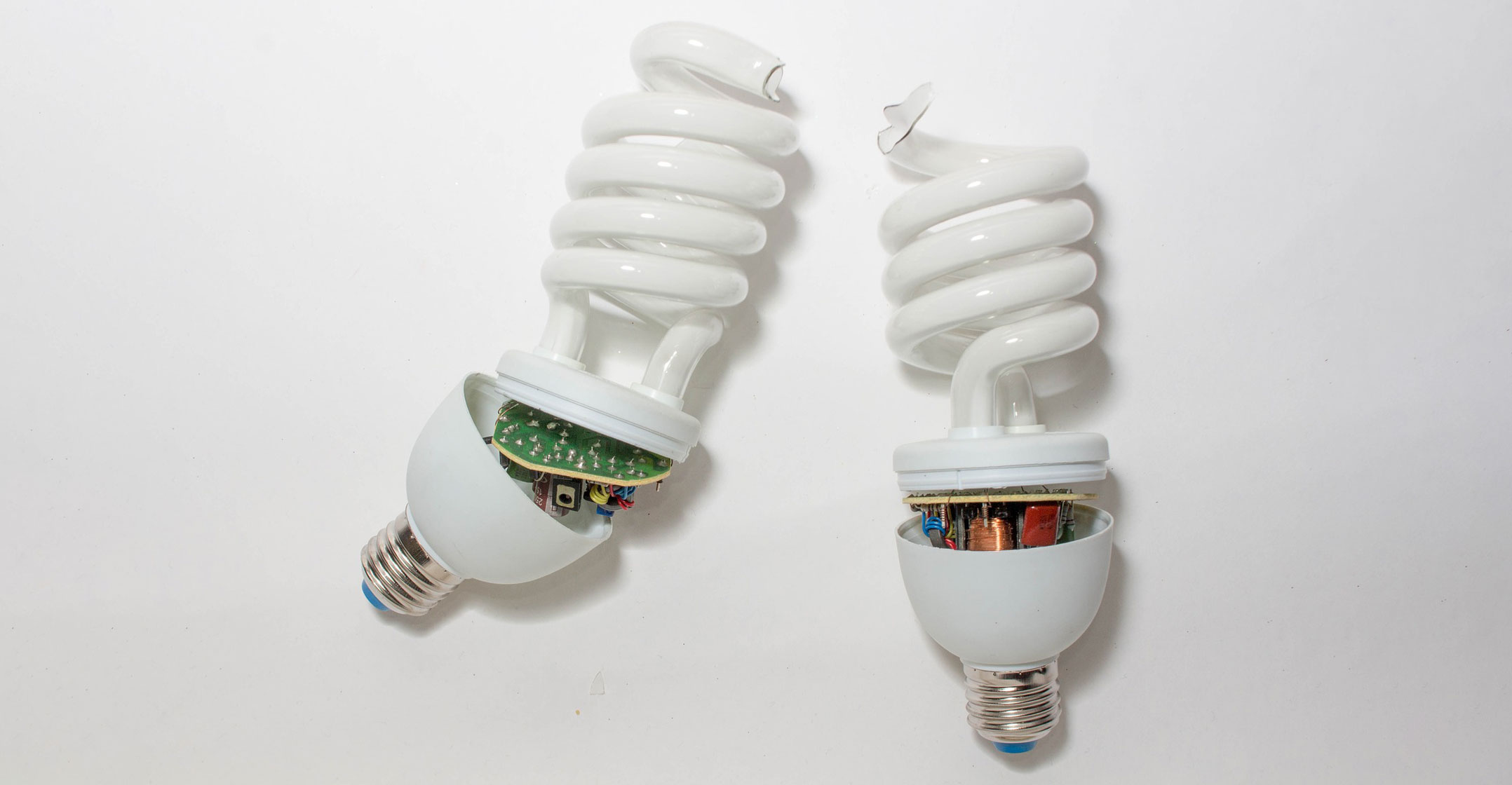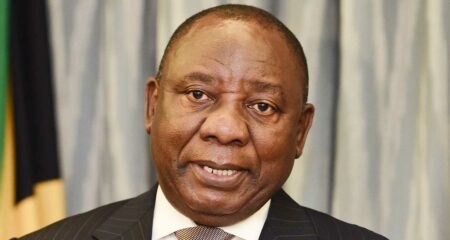 Even with the 15.63% tariff hike to be implemented on 1 April, Eskom considers its electricity tariffs to be far from cost-reflective.
Even with the 15.63% tariff hike to be implemented on 1 April, Eskom considers its electricity tariffs to be far from cost-reflective.
To bring it to cost-reflectivity would have required a tariff jump to R1.50/kilowatt hour on average, instead of the R1.34/kWh applicable from 1 April, says Eskom’s GM for regulations, Hasha Tlhotlhalemaje.
This translates to an increase of 29%.
Eskom hopes to close this gap over the next three years and energy expert Chris Yelland, MD of EE Business Intelligence, expects Eskom to gun for a further 15% increase in the average tariff in 2023.
The thinking at Eskom is that this would give it the step change it says it needs, whereafter increases would be linked to consumer price inflation (CPI).
The introduction of a carbon tax next year and the connection of more independent power producers (IPPs) selling electricity to Eskom at predetermined prices could, however, result in even bigger increases.
In addition, the expected large increases could be less of a solution to Eskom’s woes, experts say.
It could have a dramatic impact on Eskom’s sales volumes, as alternative sources of energy become more viable and residential, commercial and industrial customers embrace the relaxation of regulations that makes it easier to self-generate power or buy from IPPs.
‘Efficient operator’
In terms of the Electricity Regulation Act, an efficient operator is entitled to recover its cost plus a reasonable return through electricity tariffs. It is therefore clear that consumers should not pay for wastage and corruption.
Eskom has been at loggerheads with energy regulator Nersa for years and its view that it has been shortchanged has been vindicated through numerous court victories. The courts have found that Nersa failed to stick to its own methodology and acted irrationally in determining Eskom’s tariffs since 2014.
The corrections following these court rulings have already resulted in the current year’s increase growing from the 5.22% Nersa earlier determined to the 15.63% as announced.
Unless Nersa succeeds with a pending appeal, there is at least a further almost R60-billion compensation that Nersa — and therefore the consumer — owes Eskom.
 This relates to Nersa’s decision to subtract the three tranches of equity injections of R23-billion per year that government awarded Eskom from the 2019/2020 to 2021/2022 period from Eskom’s allowable revenue.
This relates to Nersa’s decision to subtract the three tranches of equity injections of R23-billion per year that government awarded Eskom from the 2019/2020 to 2021/2022 period from Eskom’s allowable revenue.
In a court settlement last week, Nersa agreed to provisionally add R10-billion of the total of R69-billion to electricity tariffs, which sealed the 15.63% increase.
Exactly what the future tariff path will be remains to be seen.
Eskom’s current tariff period ends on March 31 next year and it has not yet submitted its application for the next three years – the fifth multi-year price determination period (MYPD5).
Carbon tax alone, which Eskom will have to pay from 1 January next year, could add a further five percentage points to Eskom tariffs over a full financial year. Additional IPP costs are also not included.
For 2021/2022, Nersa has included R40-billion in Eskom’s allowable revenue to pay for power purchases from IPPs.
Eskom has no control over the tariffs at which it buys electricity from IPPs, as this is predetermined by the department of mineral resources & energy. These costs are simply passed through to consumers in electricity tariffs.
Sales dropped
The amount will increase as more IPPs are expected to reach commercial operations and further add to the R1.50/kWh Eskom says it needs to be sustainable.
At the presentation of its annual results for 2019/2020, Eskom showed how its sales had dropped since 2015 – in stark contrast with its sharp increase in revenue. Yelland says the expected sharp increases will only accelerate the reduction in Eskom’s sales volumes. A view that increasing tariffs can solve all Eskom’s problems is therefore too simplistic, he says. Customers across the board will increasingly look for alternatives.
Nersa’s electricity subcommittee has recently recommended the approval of a licence for Gold Fields to construct its own 40MW generation plant and many of Eskom’s other large power users will follow, Yelland says.
Municipalities have been given the green light for own generation and direct power purchases, and in his state of the nation address, President Cyril Ramaphosa announced that the threshold of 1MW for the onerous licensing of generation plants will be lifted.
 If industry’s call to lift it to 50MW succeeds, it could result in 5GW of new generation capacity independent of Eskom, recent research shows. Yelland says Eskom has no option but to downscale generation and completely reinvent its business.
If industry’s call to lift it to 50MW succeeds, it could result in 5GW of new generation capacity independent of Eskom, recent research shows. Yelland says Eskom has no option but to downscale generation and completely reinvent its business.
David Mertens of the Association of South African Chambers says the 15.63% increase is already a huge shock to business. He agrees that this and further increases will force consumers to look for alternatives and will be counterproductive for Eskom.
Mertens expects a reduction of around 5% in sales volumes but says large power users will have to determine if they can really become independent at a cost lower than that of Eskom’s power.
He warns, though, that if Eskom’s power supply remains unreliable, even cost barriers may not be enough for customers to remain reliant on Eskom, as security of supply is paramount for them.
- This article was originally published on Moneyweb and is used here with permission




